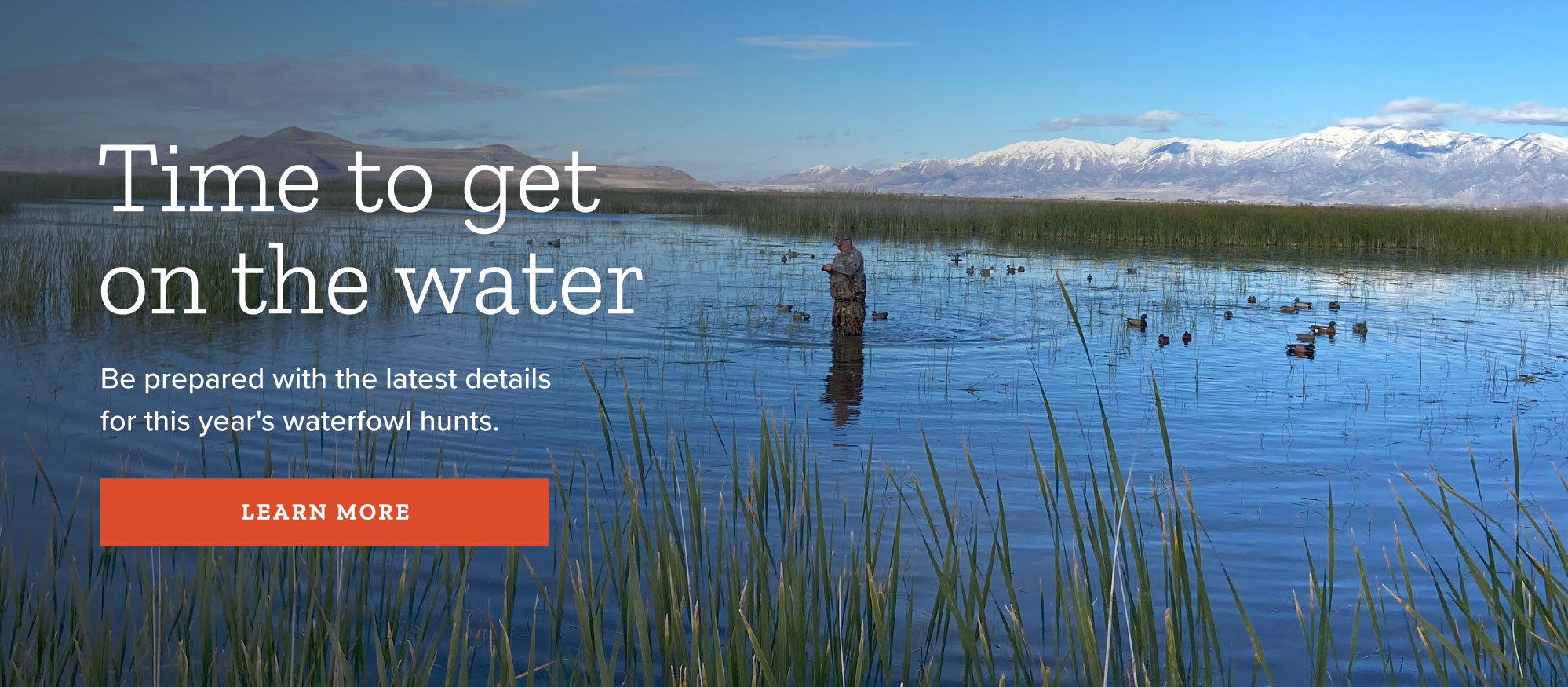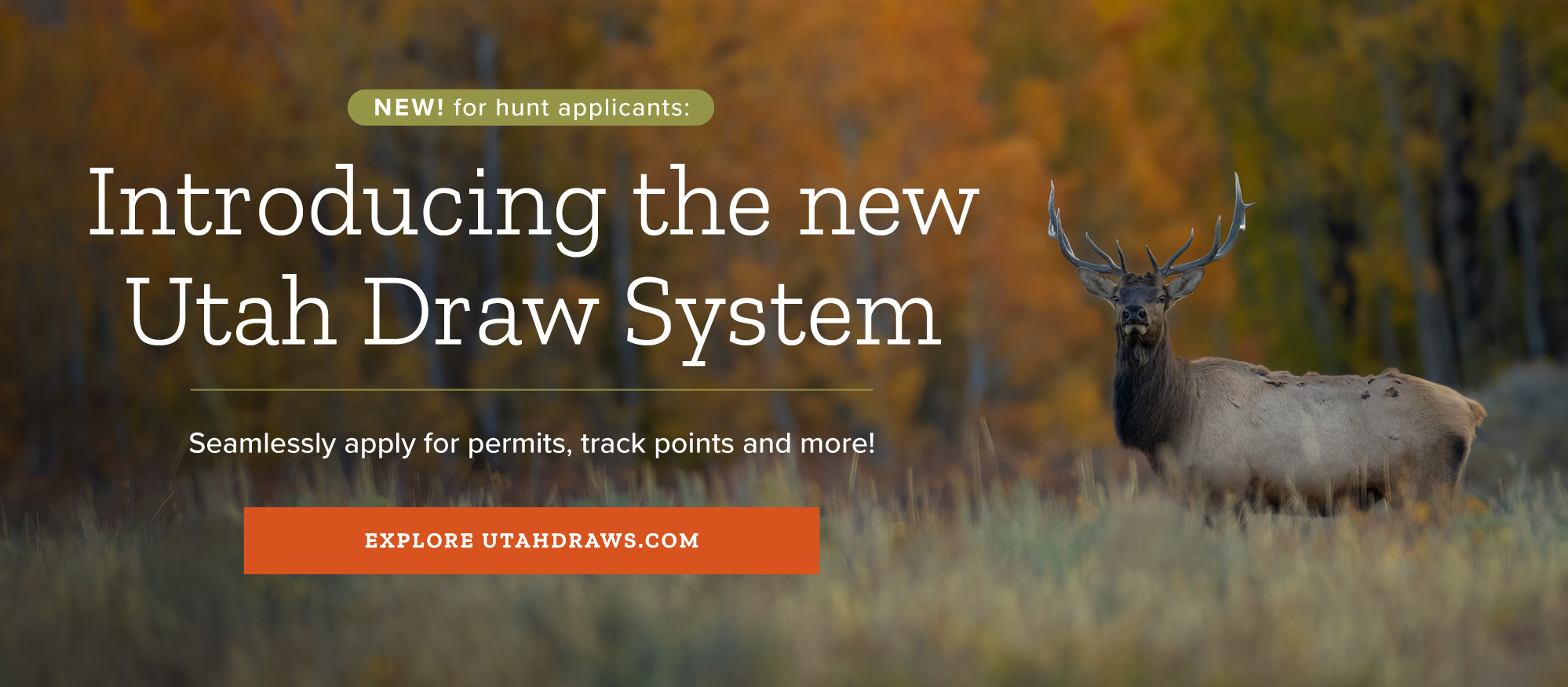Over 164K acres improved through Utah's Watershed Restoration Initiative habitat projects in 2021–22
Salt Lake City — Utah's Watershed Restoration Initiative works to improve and restore high-priority watersheds and habitats throughout the state. During this past fiscal year — between July 1, 2021 and June 30, 2022 — a whopping 164,064 acres were improved across Utah through this unique program.
Created in 2006, this Utah Department of Natural Resources partnership-based program focuses on improving watershed health and biological diversity, increasing water quality and yield and improving opportunities for sustainable uses of natural resources, including restoring habitats.
Between 2021–22, Utah's Watershed Restoration Initiative completed a lot of habitat restoration work, including:
- Restoring 164,064 acres across Utah, including 26,916 acres burned by wildfires
- Mixing and spreading 666,756 pounds of seed on various landscapes (including those burned by fires) across Utah
- Completing a total of 120 habitat restoration projects
- Improving 119 miles of stream
- Creating 512 jobs in the state
Over $31.9 million of total funding was invested by over 59 partners to pay for the different restoration projects. Part of the funding for these projects comes from the Utah Division of Wildlife Resources Habitat Council. In 1995, the Utah Legislature created the Wildlife Habitat Account (Habitat Council), which is funded by a portion of revenue from the fees customers pay for licenses, permits, stamps and certificates of registration. Money deposited into this account can be used for the enhancement, preservation, management, acquisition and protection of fish and wildlife habitat and for improving access for hunting and fishing.
Habitat work through Utah's Watershed Restoration program includes:
- Aerial seeding after a wildfire.
- Removing encroaching trees for sagebrush preservation and rangeland fire management.
- Prescribed fires to reduce fire fuels in an area (which reduces the risk of a catastrophic wildfire) and to enhance the aspen habitat utilized by many wildlife species.
- Stream restoration through various techniques, including an innovative method of building artificial beaver dams. This unique dam-mimicking technique was conceptualized in Utah and decreases erosion, raises river levels and even improves water quality.
- Planting shrubs and sagebrush to provide feed and shelter for mule deer, sage-grouse and other wildlife species.
"Because of Utah's desert climate, these proactive projects to improve wildlife habitat and watershed health throughout the state are crucial," WRI Program Director Tyler Thompson said. "We are especially grateful to the many funding partners who make this restoration work possible."
Since 2006, this program has improved nearly 2.4 million acres of Utah's landscapes through 2,570 restoration projects and has created an estimated 6,012 jobs. Visit the WRI website to see where these projects have taken place across the state.



















